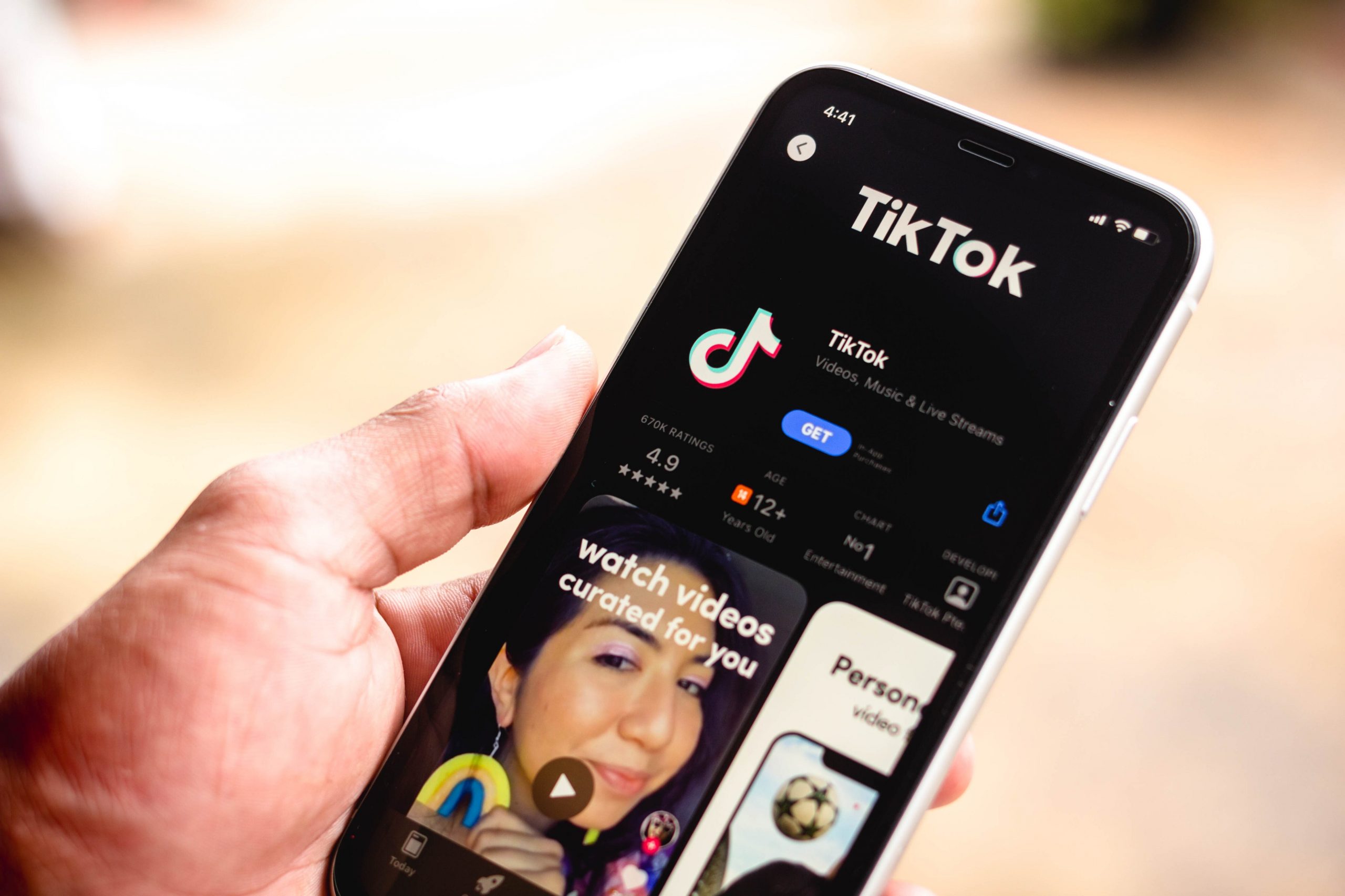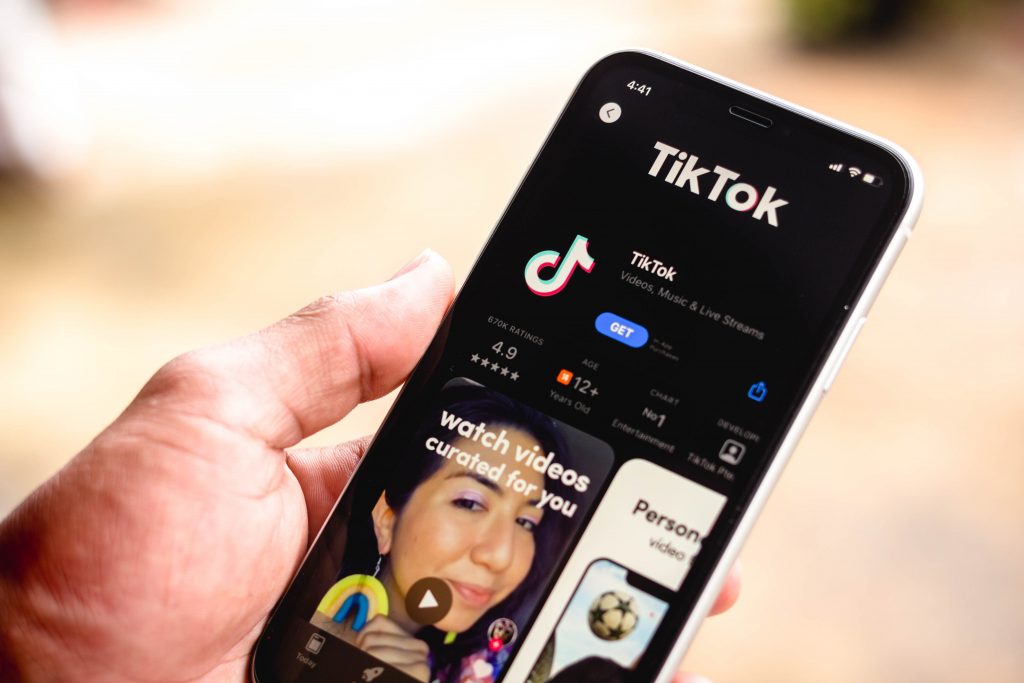
- TikTok's secret algorithm determines which videos populate a user's "For You" page.
- The app is tracking your watch time, even if you don't like or share the videos, WSJ reported.
- This can uncover secret interests or desires users never directly share with the app.
- See more stories on Insider's business page.
TikTok is tracking how long you hover over certain videos and knows when you watch something twice – even if you don't directly interact with the content, The Wall Street Journal reported on Wednesday. This can lead users to spiral down video rabbit holes and watch extreme content, the Journal notes.
TikTok has been downloaded three billion times around the globe, a critical milestone only Facebook apps have previously achieved.
The video-sharing app's most popular feature is the For You feed, advertised as an "endless stream of short videos that feel personalized just for you." In a company blog post from last year, TikTok said the three main factors fueling its recommendation system are user interactions, video information, and device and account settings.
"A strong indicator of interest, such as whether a user finishes watching a longer video from beginning to end, would receive greater weight than a weak indicator, such as whether the video's viewer and creator are both in the same country," TikTok wrote.
Specific details of the recommendation algorithm are closely guarded by TikTok's parent company ByteDance. The Wall Street Journal created dozens of fake accounts as part of an investigation to uncover how the algorithm exactly works. Reporters found that watch time - not likes or shares - is the most important piece of information that TikTok collects.
Guillaume Chaslot, founder of Algotransparency, an organization whose mission is to provide transparency on YouTube algorithms, told the Journal that it's important to differentiate content users are likely to watch more of, from videos they actually enjoy.
"What we see on TikTok is a bit the same that we saw on YouTube... the algorithm is detecting that this depressing content is useful to create engagement and pushes depressing content," Chaslot said. "So the algorithm is pushing people towards more and more extreme content, so it can push them toward more and more watch time."
If users come across content they do not like, TikTok suggests marking the video as "not interested." TikTok did not respond to Insider's request for comment.
